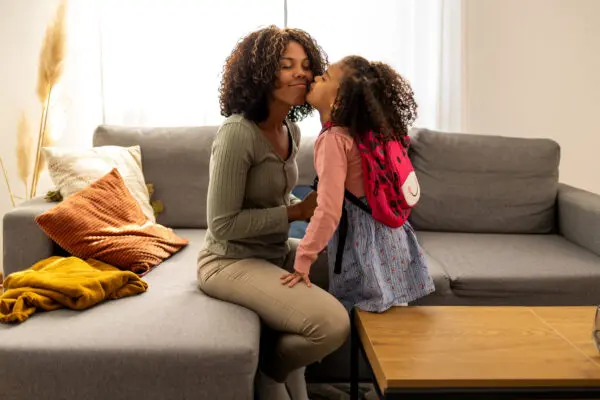Blog
2025 Texas Standard Possession Order Calendar for Child Custody
Learn more about the Texas Standard Possession Order.
Blog
5 Ways to Achieve a Sustainable Possession Schedule for First Responders
In her recent blog, Sarah Milinsky provides 5 ways to achieve a sustainable possession schedule for first responders.



